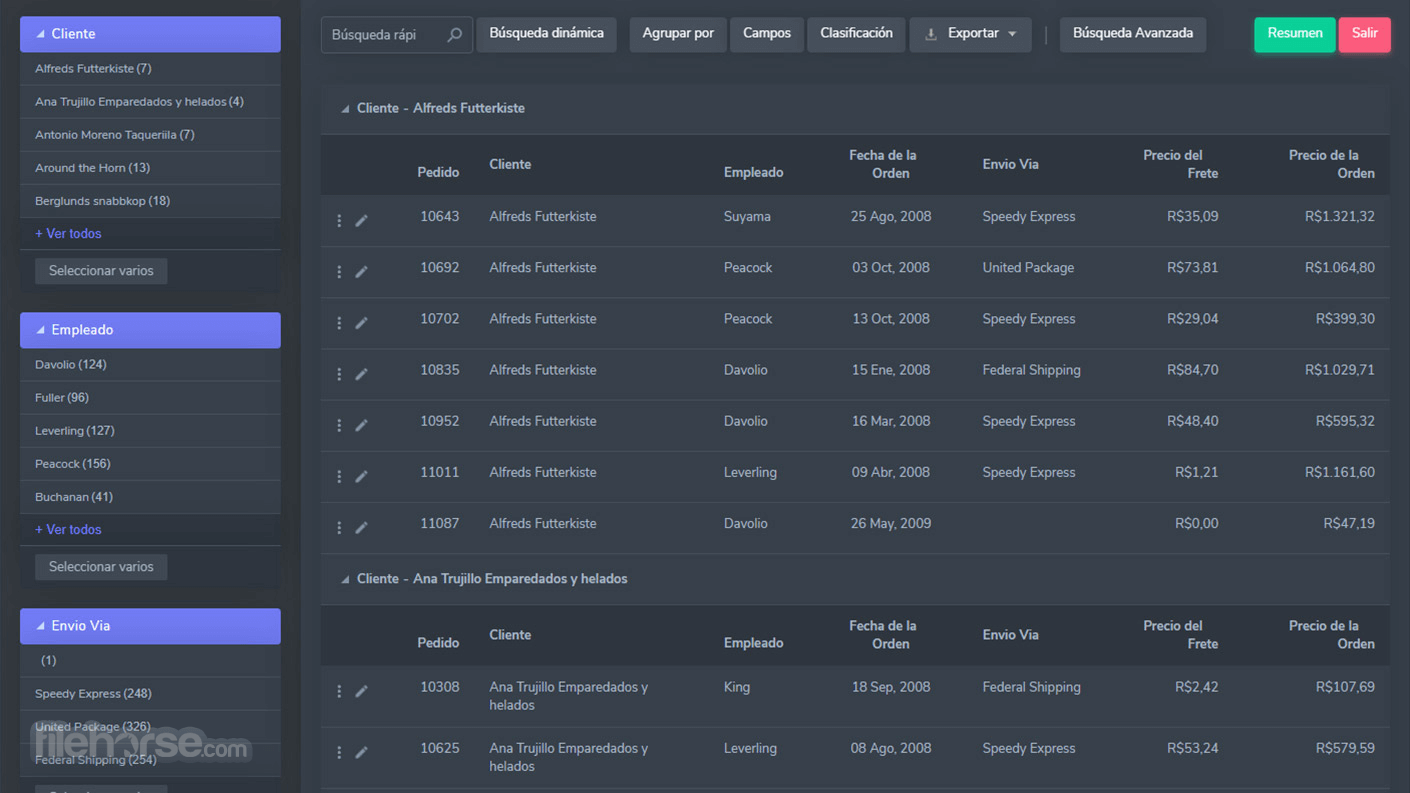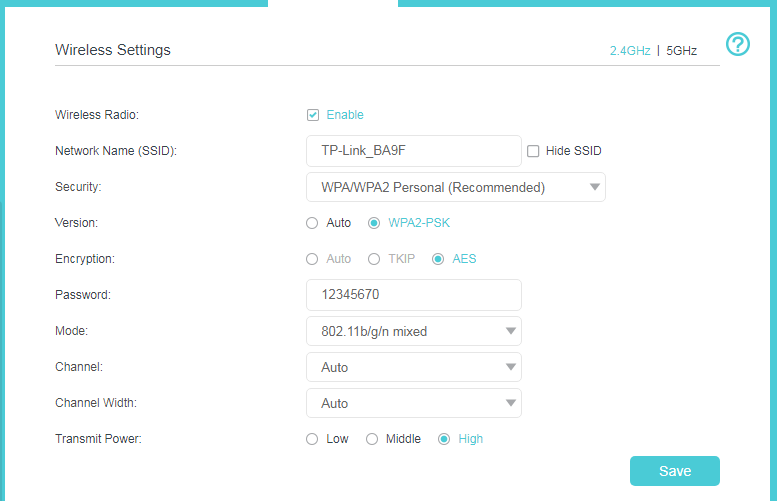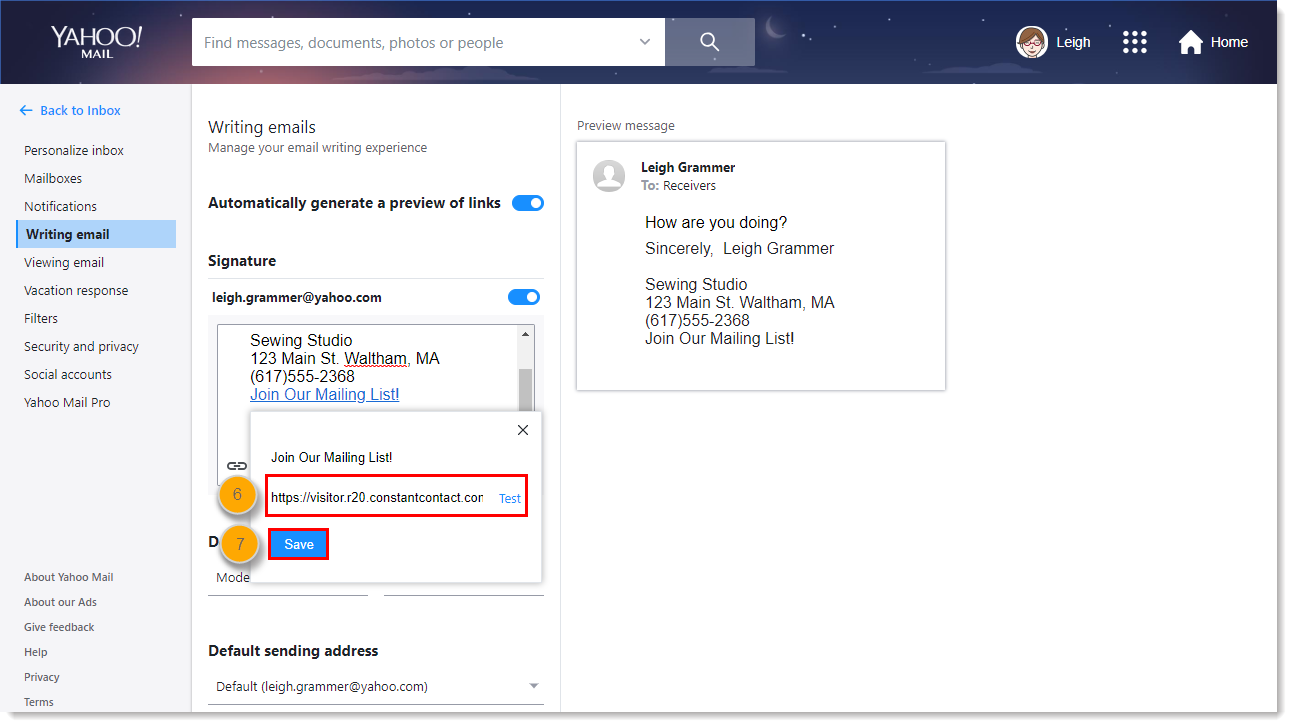
Other possible reasons are malware/spam attacks as well as web applications or the content management system being incorrectly programmed.ģ. There are many reasons for an overload to occur: often an unexpected increase in traffic is the cause, but also when a web project continues to grow it can cause an overload if resources aren’t upgraded at the same time. This is why it responds with the error message. The server is overloaded, meaning that is it receiving more requests than it can handle. The server is being subjected to maintenance, such as bringing in updates, securing databases, or creating backups and is therefore not connected to the internet during these processes.Ģ. There are roughly three possible reasons for this:ġ.

Error 503 Maximum threads for service reachedĪn HTTP 503 error always occurs when a server can’t deliver the requested resources at the time the client requests them.HTTP Error 503 The service is unavailable.The error message’s exact wording can vary slightly, as the following list of some of the common variants shows: A corresponding value in the ' Retry-After' field in the header of the HTTP response can be used to specify that at a later time the request is able to be processed.

The message sent would then be 'Service Unavailable', which informs the client that the server is temporarily not available.

503 is one of the HTTP codes that informs of any server-side error, which would prevent the request from being processed. By doing this, it informs the client whether the request has been successfully processed or whether further steps are needed from the client’s side to complete the processing.
#SCRIPTCASE FIELD WONT SHOW ON LINK CODE#
The Error Code 503 is one of several status codes that a server can use to respond to HTTP requests from clients, such as web browsers.


 0 kommentar(er)
0 kommentar(er)
